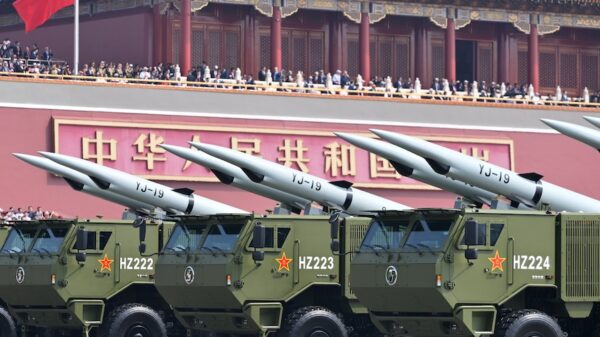Research from the Massachusetts Institute of Technology (MIT) has uncovered surprising atomic patterns in metal alloys that challenge traditional manufacturing wisdom. Contrary to the longstanding belief that atoms in alloys mix randomly during processing, this new study reveals that specific atomic arrangements persist even after intense deformation. These findings could revolutionize how manufacturers control the properties of metals, with implications for industries ranging from aerospace to nuclear energy.
The study identifies subtle patterns in metal alloys, specifically focusing on the interactions of chromium, cobalt, and nickel (CrCoNi). Researchers conducted detailed computer simulations to track millions of atoms during rapid cooling and extensive stretching, common practices in metal manufacturing. The results showed two significant discoveries: recognizable atomic patterns that should not survive such processes and entirely new arrangements termed “far-from-equilibrium states.”
Rodrigo Freitas, a materials scientist at MIT, emphasized the importance of these findings. “This is the first paper showing these non-equilibrium states that are retained in the metal,” he stated. The research suggests that defects, or dislocations, in the crystal structure of metals play a crucial role in maintaining these atomic patterns. These defects, which form during heating, cooling, or stretching, help metals manage strain effectively.
Traditionally, it was assumed that the movement of defects eliminated short-range order (SRO) in alloys. However, the MIT models revealed a surprising predictability in atomic movement. “These defects have chemical preferences that guide how they move,” Freitas explained. “They look for low energy pathways, so given a choice between breaking chemical bonds, they tend to break the weakest bonds, and it’s not completely random.”
The implications of this research are profound. By understanding how these atomic patterns form and persist, manufacturers can better tailor the properties of metal alloys for specific applications. The ability to fine-tune properties such as mechanical strength, durability, and radiation tolerance opens new avenues for innovation in critical fields like aerospace and energy.
As Freitas concluded, “The fact that you cannot completely mix something together, people didn’t see that coming.” This study, published in Nature Communications, highlights the complexities of metal alloy behavior and sets the stage for future research aimed at exploring these newly discovered patterns in greater depth.
In a world increasingly reliant on advanced materials, these findings signal a shift in how scientists and engineers can manipulate metal properties, paving the way for enhanced performance in numerous applications.


































































